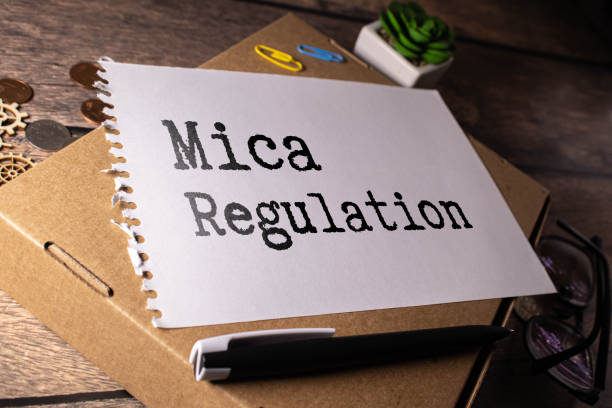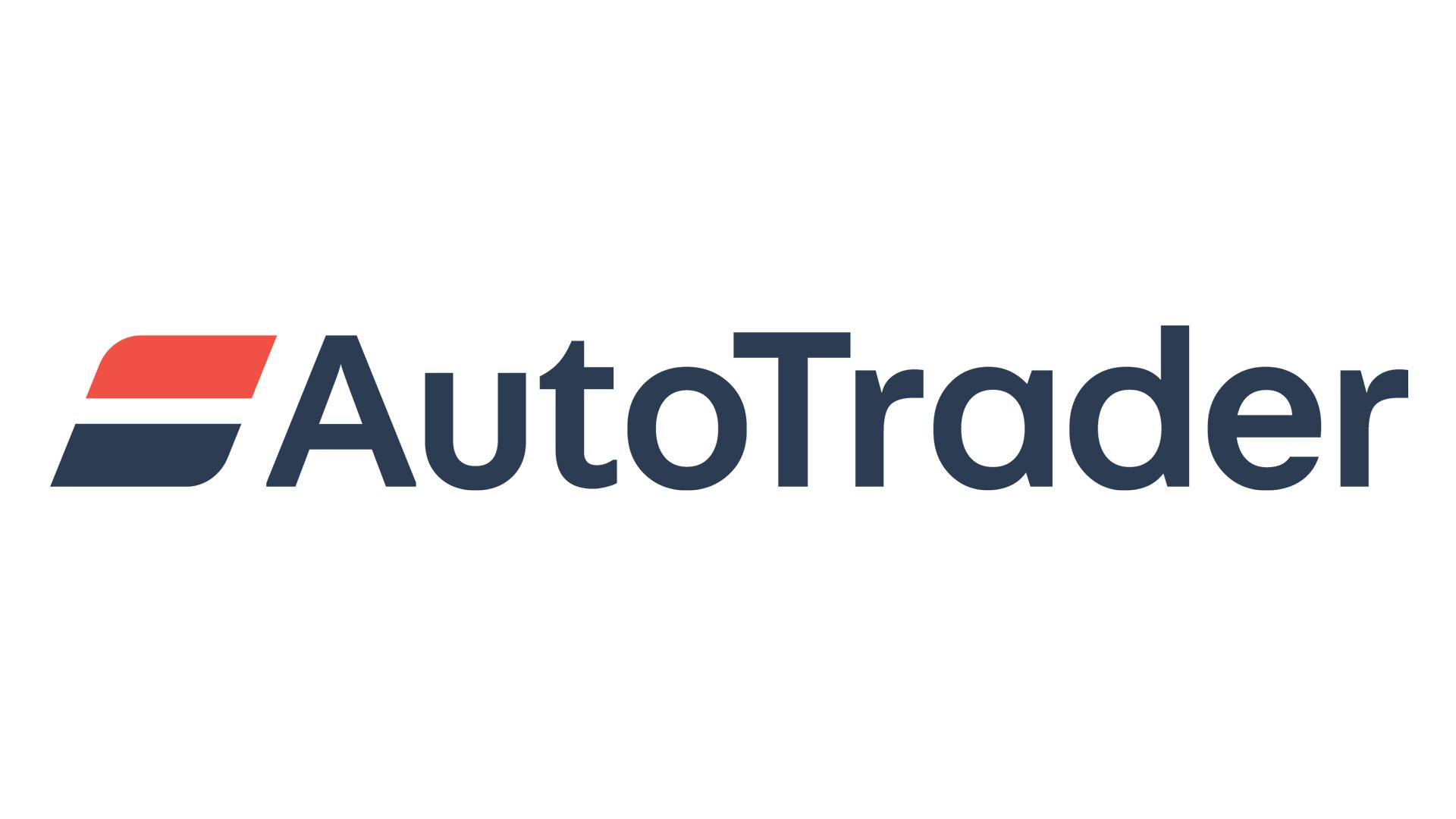Understanding MiCA Regulation: A New Era for Crypto Compliance in the EU

The introduction of MiCA regulation marks the beginning of rule-based governance for the cryptocurrency industry which has so far existed in vague regulatory lands. Being active within the digital asset sector requires a full comprehension of MiCA regulation including its areas of authority and the procedures needed to achieve MiCA compliance for sustainable success and legal transparency.
What Is MiCA Regulation?
MiCA stands for Markets in Crypto-Assets as its official designation. The Markets in Crypto-Assets framework represents a complete set of EU Union regulations. Which control all crypto asset operations and related service delivery activities. MiCA regulation received official approval during 2023 through its adoption by EU authorities to establish standard market rules across the entire European Union territory.
MiCA regulation has been designed to defend market consumers while backing innovative activities and sustaining financial market stability in the swiftly expanding crypto sector. Through its set of clear legal obligations MiCA EU regulation eliminates the existing regulatory diversity that existed across Europe.
Why MiCA Matters for the Crypto Industry
Crypto regulation through MiCA possesses extensive reach as one of its primary features. The new regulation extends its cover to every available crypto asset category. Which was not controlled by prior financial law structures including utility tokens, stablecoins, and additional digital currencies. The regulation requires all crypto service providers to satisfy multiple requirements starting from exchanges to wallet providers to custodians.
Before the launch of MiCA most crypto businesses operated in confusion because they served customers across many jurisdictions with different regulations. The MiCA standard establishes uniformity in the regulatory framework thus making it easier and possible for businesses to expand throughout Europe without dealing with multiple jurisdictions.
The main characteristics of MiCA Crypto Regulation relate to temperatures between -1.8 degrees Celsius and +1.6 degrees Celsius.
EU Crypto Asset Service Providers (CASPs) need authorization from national authorities to deliver services throughout the EU territory starting from the country that issued their license. After obtaining their license they can use passporting procedures to access the entire EU market for their services.
Crypto asset issuers must create white papers that act as equivalent to ordinary finance prospectuses. The document becomes a necessary requirement to reveal crucial data regarding the asset alongside project information alongside risk assessment details.
Currently only a single governing body named MiCA has the authority to enforce strict rules for both asset-referenced tokens (ARTs) and e-money tokens (EMTs) which people often refer to as stablecoins. To operate under MiCA regulations these issuers need enough financial reserves and must show full transparency through reporting standards.
MiCA regulation sets consumer protection as its fundamental goal to ensure investor protection. The new regulation contains market manipulation protection methods along with a requirement for platforms to establish strong security systems and governance frameworks.The crypto-specific rules of MiCA support existing regulations for anti-money laundering and KYC procedures. CASP operators must fulfill the EU regulatory requirements for KYC and AML compliance standards.
Achieving MiCA Compliance
The necessary nature of MiCA compliance stands as an essential requirement for the business operations of crypto operations. Organizations need to begin their process by assessing current operations to find the differences between current practices and required regulatory standards.
The following steps will guide businesses toward complying with MiCA crypto regulation. Your organization needs to hire legal experts who will explain the particular legal implications of MiCA on your crypto assets and services.
Organizations must assess white paper documents to validate they meet all EU transparency and risk disclosure requirements.
Organizational systems together with operational protocols should be modified to fulfill consumer protection along with governance and risk management criteria. A Regulatory Liaison should build continuous dialogue with national regulators to help obtain licenses while enabling smooth passporting certification.
When Does MiCA Take Effect?
The EU regulation known as MiCA is ensuing through its different implementation stages. Stablecoin regulations will become operational first before the establishment of comprehensive rules for CASPs takes place. EU member states expect to achieve full regulation of MiCA throughout the region during the second half of 2025. All crypto space businesses need to start their preparations at present to prevent operational disruptions.
Final Thoughts
The MiCA regulation represents a transformative approach to controlling cryptocurrencies worldwide. The regulatory structure outlines an example for governing digital assets. Which supports emerging innovation and guarantees transparency while protecting users’ security interests.
European projects interested in crypto growth should begin consulting MiCA regulation and prepare for compliance. Because successful implementation in the EU market makes all the difference between prosperity and regulatory barriers. Other regions seem likely to embed MiCA standards into their own regulatory protocol because the EU has established. These standards as a global benchmark for crypto regulation.









